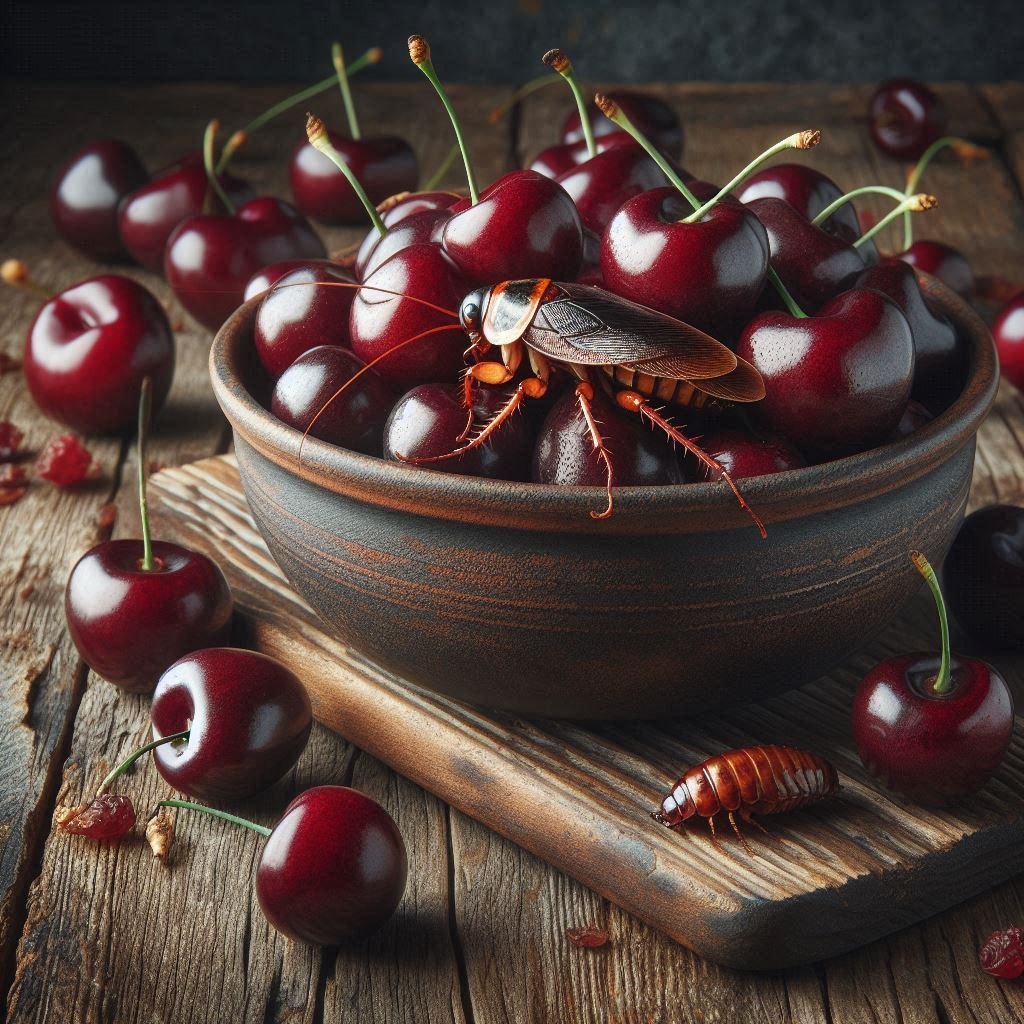Farmers, Heroes and Outlaws
Article #6 of 9 in “Unconventional Thinking”
How do farmers make decisions? A quick look at most communication tells us that farmers care about high yields, reliable equipment, and clean fields. No question that these things are important, but they are important mostly in the context of success in farming. But farmers are people first, farmers second. That means that their decision making is like that of any other person. To understand that, we need to look to anthropologists, psychologists, and behavioral economists.
“A brand helps explain to myself and those around me, who I am and what I stand for.” A powerful observation from Dr. Robert Duetsch, an anthropologist who brought his understanding of culture and human behavior to advertising. Learning this is what started to fundamentally reshape our understanding of purchase decisions.
“Most communications to farmers are focused on the rider - not the elephant”
Our understanding of decision making has grown, but is not complete by any means. As an agri-marketer, there are some things you need to know. We make decisions through a combination of conscious and subconscious reasoning. The psychologist Jonathan Haidt uses the analogy of a rider and an elephant to describe the idea that your conscious mind (the rider) can sometimes override the subconscious (the elephant.) However, the elephant often simply goes where it wants to go. Unfortunately, most agri-marketing efforts are focused on the rider.
Another psychologist, Carl Jung, told us that behavior is guided by the archetypes of the subconscious toward self-actualization. They are not the end of who we are, they are the beginning and form an essential part of our identity. In their groundbreaking book, The Hero and the Outlaw” Margaret Mark and Carole Pearson call archetypes “software for the psyche.” Jung identified 12 recurrent themes that inherently express the underlying motivations of humans. For example, the Rebel archetype has been used with great success by Harley Davidson to capitalize on the desire to symbolically rebel and break rules. A few years ago, Mastercard’s “Priceless” campaign drew on the archetype of Magician - the desire to transform the simple act of purchasing into an experience that was priceless.
Suffice to say that we have found Jung's archetypes to be powerful, universal sources of inspiration regardless of the industry whether it is farming, veterinary medicine, telecommunications or others. While Jung identified 12 archetypes, the number and definition is fluid. Our work has drawn on this thinking in almost every engagement. For example, when a veterinary pharmaceutical company was stalled in its desire to communicate effectively about its oncology product to three distinct audiences, archetypes provided an incredible focus. Understanding the pathologists as “Sage”, the veterinary oncologist as a “Ruler” and the primary care veterinarian as a “Caregiver” helped them to tune the relevant facts and voice for maximum effect.
“Archetypes are software for the psyche”
To understand more check out this wonderful video explaining the characters in the movie “The Breakfast Club.” https://www.youtube.com/watch?v=lydc6pVrxyc. The book “The Hero and the Outlaw” is also a great resource https://www.amazon.com/Hero-Outlaw-Building-Extraordinary-Archetypes/dp/0071364153.
For a better understanding of how to apply the thinking around archetypes in your business, connect with us over on our contact page.



